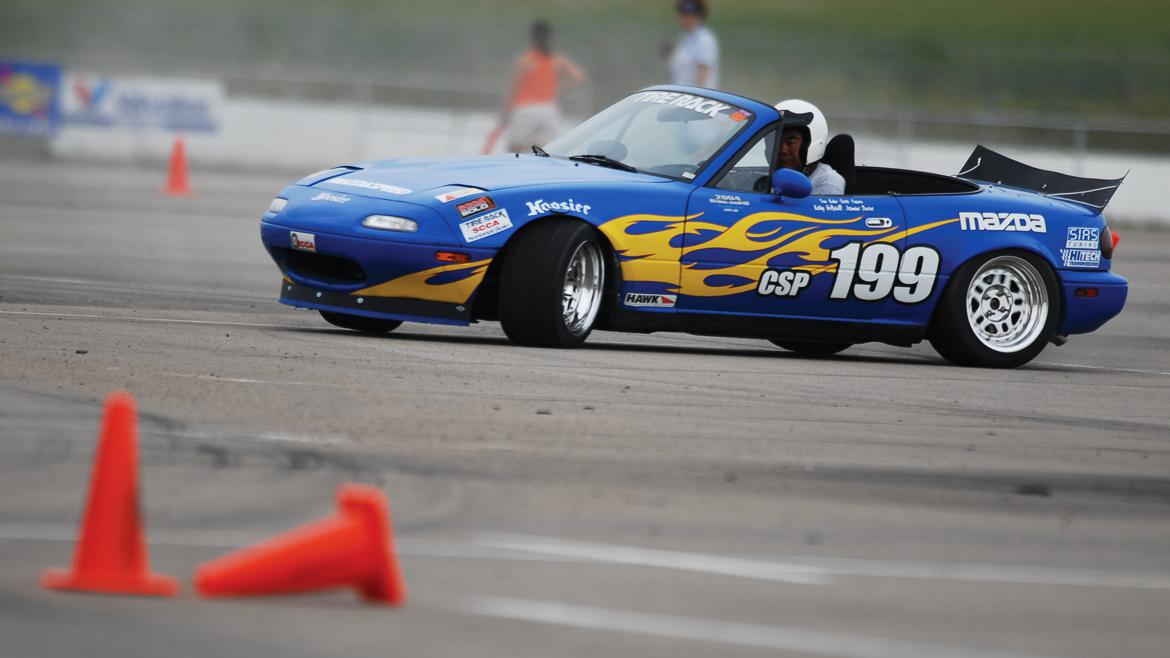I have installed Koni Yellow shocks on my 1.5L Lancer, with the OE springs and I'm wondering what would the "ideal" settings be.
Unfortunately, the rears are not adjustable on the vehicle. They are set to 1/2 a turn (180°) from soft out of 2 turns max.
I have currently set the fronts to 1 turn (360°) from soft out of the 2 turns.
What I have noticed is that increasing the stiffness of the rebound of the front shocks (from 0° to 180° to 360°) understeering decreased. I thought that it would be the opposite way, that stiffening the fronts would make understeering worse.
Meanwhile, is their a point to adjust the rears at more degrees than the fronts? I have read many people using more degrees in the rears in the different forums. On the contrary the Koni shop from which I bought the shocks advised me to use 0° to 90° for the rears and 180° to 270° for the fronts if I push the car, otherwise for normal driving they suggested leaving all of them to full soft as they come from the factory.
What would be the best settings for the shocks in order to achieve maximum Gs when turning and at the same time keep a neutral balance between understeering and oversteering?
Unfortunately, the rears are not adjustable on the vehicle. They are set to 1/2 a turn (180°) from soft out of 2 turns max.
I have currently set the fronts to 1 turn (360°) from soft out of the 2 turns.
What I have noticed is that increasing the stiffness of the rebound of the front shocks (from 0° to 180° to 360°) understeering decreased. I thought that it would be the opposite way, that stiffening the fronts would make understeering worse.
Meanwhile, is their a point to adjust the rears at more degrees than the fronts? I have read many people using more degrees in the rears in the different forums. On the contrary the Koni shop from which I bought the shocks advised me to use 0° to 90° for the rears and 180° to 270° for the fronts if I push the car, otherwise for normal driving they suggested leaving all of them to full soft as they come from the factory.
What would be the best settings for the shocks in order to achieve maximum Gs when turning and at the same time keep a neutral balance between understeering and oversteering?

